Best Woods for Laser Engraving & Cutting: A Tutorial
Selecting the right wood is the key to successful laser cutting and engraving.
The wood's density and composition drastically impact project quality, speed, and safety.
Choosing the wrong type leads to issues like excessive charring, slow cuts, and inconsistent engraving.
This guide eliminates the confusion, helping you pick the perfect lumber to ensure crisp lines and clean edges for every laser-crafted masterpiece.
Understanding How Lasers Interact with Different Woods
To truly master your laser projects, it helps to understand what's happening at a microscopic level when that focused beam hits wood.
Essentially, the laser energy causes the wood to ablate – meaning it vaporizes or burns away. This controlled combustion is what creates your engravings and cuts.
However, not all woods react the same way, thanks to their unique properties:
1. Density
This is perhaps the most critical factor. Hardwoods (like Maple) are denser, meaning their fibers are packed more tightly.
They require more laser power and slower speeds to engrave or cut deeply, often producing finer detail but can also char more if not managed properly.
Softwoods (like Basswood) are less dense, requiring less power and faster speeds, often resulting in quicker cuts and lighter engraves.
2. Grain Pattern
The visual pattern created by the wood fibers. Open-grain woods (like Oak) can result in less consistent engraving, as the laser interacts differently with the harder grain versus the softer pith.
Closed-grain woods (like Maple or Cherry) tend to engrave more evenly and with finer detail.
3. Resin & Sap Content
Woods high in natural resins or sap (think Pine or Cedar) are generally problematic.
These sticky substances can lead to excessive charring, messy residue build-up on your optics (which affects performance and requires more cleaning), increased fire risk due to volatility, and stronger, sometimes unpleasant, fumes.
4. Moisture Content
The amount of water held within the wood.
Wet or unseasoned wood can lead to inconsistent cuts, poor engraving quality, increased charring, and even warping as it dries.
Always use kiln-dried or properly seasoned wood for best results.
5. Color/Contrast
The natural color of the wood significantly affects the visibility of your engraving.
A dark engrave on a light wood (like Maple) provides excellent contrast, while the same engrave on a dark wood (like Walnut) might be more subtle and elegant.
Top Woods for Laser Engraving: Achieving Crisp Detail and Rich Contrast
When your goal is intricate detail, sharp lines, and beautiful contrast, these woods are your best friends:
Maple: A fantastic choice for engraving due to its fine, uniform grain and light color.
- Pros: Produces crisp, detailed engravings with excellent contrast. Its light color allows the darker laser mark to really pop. Very stable.
- Cons: A hardwood, so it's harder to cut through, requiring higher power and slower speeds. Engravings can sometimes appear subtle without adequate power and focus.
- Ideal for: Fine art, intricate designs, detailed photos, personalized gifts.
Cherry: Offers a naturally beautiful reddish-brown hue that deepens with age, making for elegant engravings.
- Pros: Engraves with a stunning rich, dark brown tone that provides great contrast. Moderately hard, offering a good balance of detail and workability.
- Cons: Can be more expensive than other options. Its natural color might not offer as stark a contrast as Maple.
- Ideal for: Premium gifts, decorative items, signage, jewelry boxes.
Walnut: A luxurious choice for those seeking a sophisticated, rich finish.
- Pros: Engraves with a beautiful dark, almost black, tone. The natural dark color of the wood itself provides a premium aesthetic.
- Cons: Very expensive. The dark engrave on an already dark wood can sometimes reduce contrast, making subtle designs harder to see unless power settings are dialed in perfectly.
- Ideal for: High-end custom products, executive gifts, awards, sophisticated decor.
Alder: A softer hardwood with a consistent, even tone that takes engraving very well.
- Pros: Produces a very smooth, consistent engraving with a medium brown tone. Its even grain makes it excellent for photo engraving. Relatively soft, so it engraves efficiently.
- Cons: Can be easily scorched or over-engraved if power settings are too high, leading to a blurry or charred appearance.
- Ideal for: Photo engraving, plaques, signs, detailed artistic pieces.
Basswood: A very soft, light-colored wood known for its pale, uniform engraving results.
- Pros: Extremely soft, making it very quick and easy to engrave with minimal power. Produces a light, even engraving that's great for natural, subtle effects. Affordable and widely available.
- Cons: Lacks deep contrast. Not ideal for projects where a stark, dark engraving is desired. Can be delicate.
- Ideal for: Small ornaments, crafting, models, educational projects, very fine lines.
Birch Plywood (Top Layer): Specifically referring to the smooth, pale top veneer of quality birch plywood.
- Pros: Provides a smooth, uniform surface ideal for detailed engraving. The light color offers good contrast. More stable and less prone to warping than solid wood.
- Cons: The underlying glue layers can sometimes affect engraving consistency or produce more fumes. Quality varies greatly between plywood types.
- Ideal for: Engraved signs, artistic panels, decorative elements, where material stability is important.
For each wood: Experiment with your laser settings! Softer woods generally require lower power and higher speeds for engraving to prevent scorching, while hardwoods need more power to achieve depth and contrast.
Best Woods for Laser Cutting: Clean Edges and Efficient Production
When your project demands precision cuts, clean edges, and efficient material processing, these woods are built for the job:
Baltic Birch Plywood: The undisputed champion for laser cutting.
- Pros: Known for its consistent, void-free core layers and fine grain. This consistency allows for incredibly clean cuts with minimal charring. It's strong yet relatively easy to cut.
- Cons: Can be more expensive than other plywoods. The glues used in some varieties can still produce fumes, so ensure good ventilation.
- Ideal for: Models, intricate prototypes, signage, custom jigs, precise interlocking parts, architectural models.
MDF (Medium Density Fiberboard): A cost-effective and uniform material excellent for intricate cutting.
- Pros: Extremely uniform, with no grain direction, allowing for intricate and consistent cuts in any direction. Very affordable and stable.
- Cons: Produces a significant amount of fine dust when cut. The binders and glues used in MDF can produce pungent, sometimes toxic, fumes, especially formaldehyde. It also tends to dull the laser's smell. Requires strong ventilation. Edges can be prone to charring if not optimized.
- Ideal for: Stencils, jigs, painting masks, prototypes, layered projects, structural elements where aesthetics aren't paramount.
Basswood: Its softness and light density make it very easy to cut.
- Pros: Cuts extremely easily with minimal power, leading to very fast processing times. Produces clean edges with little to no charring. Very affordable.
- Cons: Not suitable for structural items due to its softness and lack of strength. Can be delicate.
- Ideal for: Small ornaments, delicate cutouts, lightweight models, beginner projects.
Poplar: A soft hardwood that offers a good balance of affordability and workability.
- Pros: Relatively soft for a hardwood, making it cut more easily than Maple or Cherry. Affordable and widely available. Cuts fairly clean with good air assist.
- Cons: Less aesthetically pleasing than other woods, often having greenish streaks. Can char more easily than Basswood.
- Ideal for: Jigs, prototypes, painted projects, internal components, where strength is needed but appearance is secondary.
Maple & Cherry (Thinner Gauges): While harder to cut, their strength and beauty are unmatched for certain projects.
- Pros: When cut, these woods yield strong, beautiful pieces with a premium feel. Ideal for projects that require both durability and aesthetics.
- Cons: Requires significantly more laser power and slower speeds, increasing processing time. Thicker pieces can be challenging and expensive to cut.
- Ideal for: Custom jewelry, high-end decorative components, architectural accents, durable art pieces.
For each wood: Consider the thickness. Thinner materials (<3mm) are generally easier for most hobby lasers to cut cleanly. Use robust air assist to minimize charring and fire risk, and keep your lens clean for optimal beam performance.
Versatile Woods: Excelling in Both Engraving & Cutting
Sometimes, you need a material that can do it all – engrave beautifully and cut cleanly. These versatile woods offer a great balance:
- Baltic Birch Plywood: As mentioned, it's a top-tier choice. Its fine top veneer takes engraving well, and its consistent core makes for excellent cutting. It's a go-to for many laser users due to its reliability.
- Basswood: If your aesthetic leans towards subtle, light engravings and easy, clean cuts, Basswood is remarkably versatile. It's quick to process for both tasks.
- Thinner Maple/Cherry: For smaller projects where a premium look is desired, thinner sheets (e.g., 1/8 inch or 3mm) of Maple or Cherry can be both engraved and cut, albeit with more power and time. The trade-off is the beautiful, high-quality finished product.
When choosing a dual-purpose wood, consider the primary goal of your project. If cutting intricate shapes is more critical, prioritize woods known for clean cuts. If fine detail in engraving is paramount, favor woods with a consistent grain.
Woods to Avoid for Laser Engraving & Cutting (And Why)
Just as important as knowing what to use is knowing what not to use. Some woods (and wood-like materials) pose significant safety risks or simply produce terrible results:
Pressure-Treated Wood
ABSOLUTELY AVOID. This wood is infused with chemicals (like CCA, ACQ, or copper azole) to resist rot and insects.
When lasered, these chemicals turn into highly toxic fumes that are extremely dangerous to inhale and can corrode your machine components.
PVC/Vinyl (or materials containing chlorine)
NEVER USE. PVC (polyvinyl chloride) or any material containing chlorine releases chlorine gas when heated by a laser.
This gas is highly toxic (causing severe respiratory damage) and incredibly corrosive, quickly damaging your laser's optics and metal components beyond repair.
Oily or Resinous Woods (e.g., Pine, Cedar, Teak, Douglas Fir)
While common, these woods are challenging and often dangerous for lasers. Their high sap/resin content leads to:
- High Fire Risk: Resins are highly flammable and can easily ignite, leading to flare-ups or even full fires.
- Excessive Charring: Makes for messy cuts and engravings that require extensive post-processing.
- Difficult Cuts: The volatile oils can cause inconsistent cutting and a sticky residue.
- Messy Residue: Sap can build up on your lens and mirrors, degrading performance.
- Strong Fumes: Often unpleasant and sometimes irritating.
Wet or Unseasoned Wood
Wood with high moisture content will vaporize less efficiently, leading to poor, inconsistent results, excessive smoke, more charring, and potentially warping as it dries unevenly after processing. Always use kiln-dried wood.
Certain types of MDF/Plywood with unknown glues
While some MDF and plywood are fine, be wary of cheap varieties where the glue type is unknown.
Some glues can release toxic fumes or cut/engrave inconsistently. Always source from reputable suppliers who specify laser-safe materials.
Conclusion
Understanding how wood properties interact with your laser is key to creating professional-grade projects.
Remember, the "best" wood depends entirely on your needs, be it deep engraving or delicate cutting.
Don't fear experimenting with different wood types and settings.


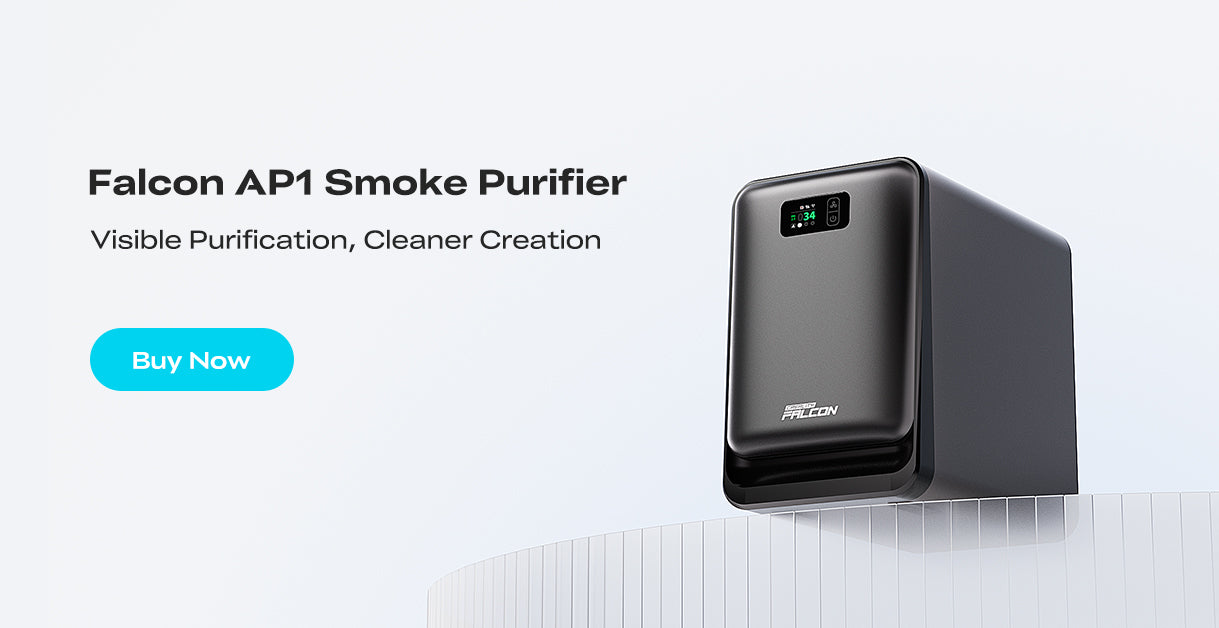



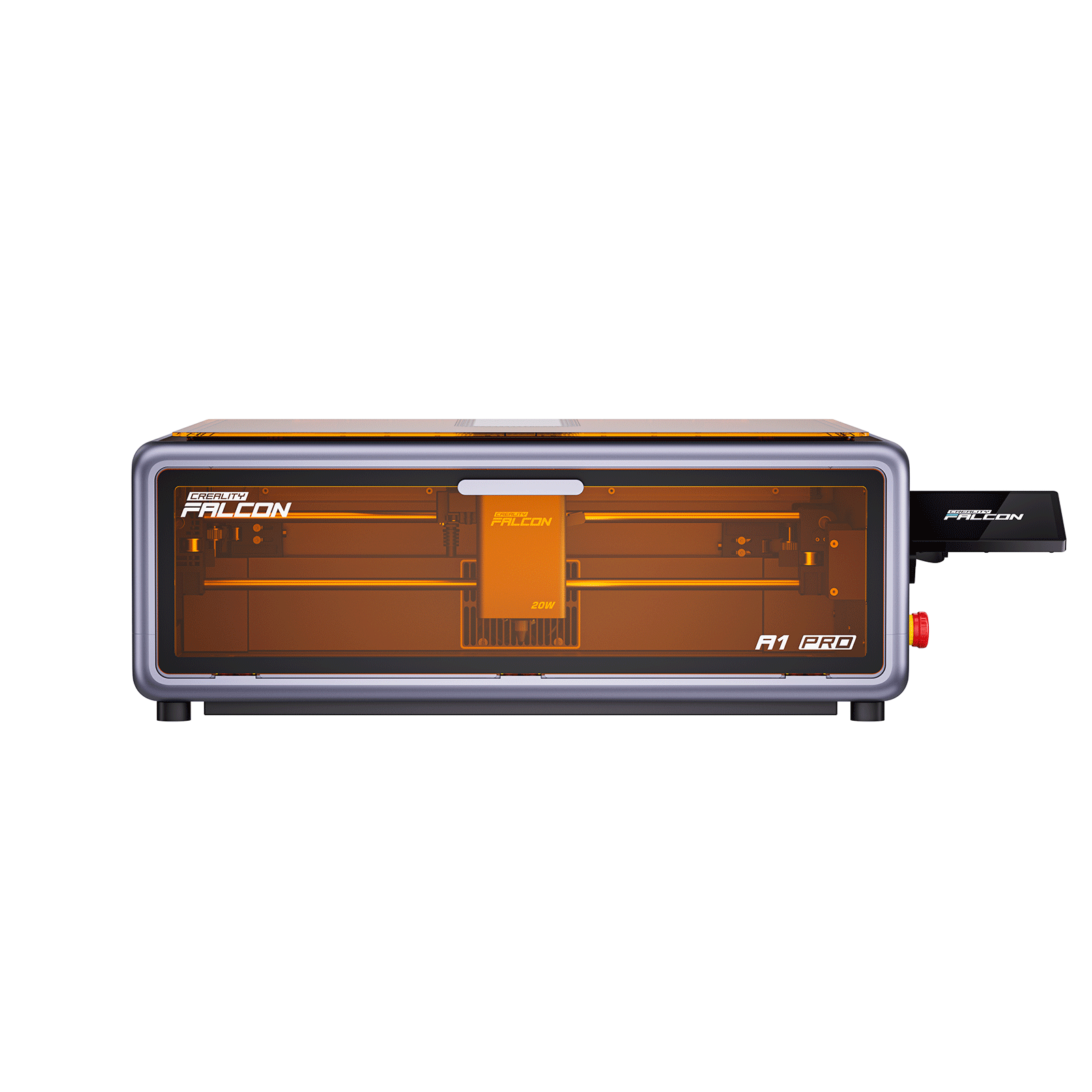


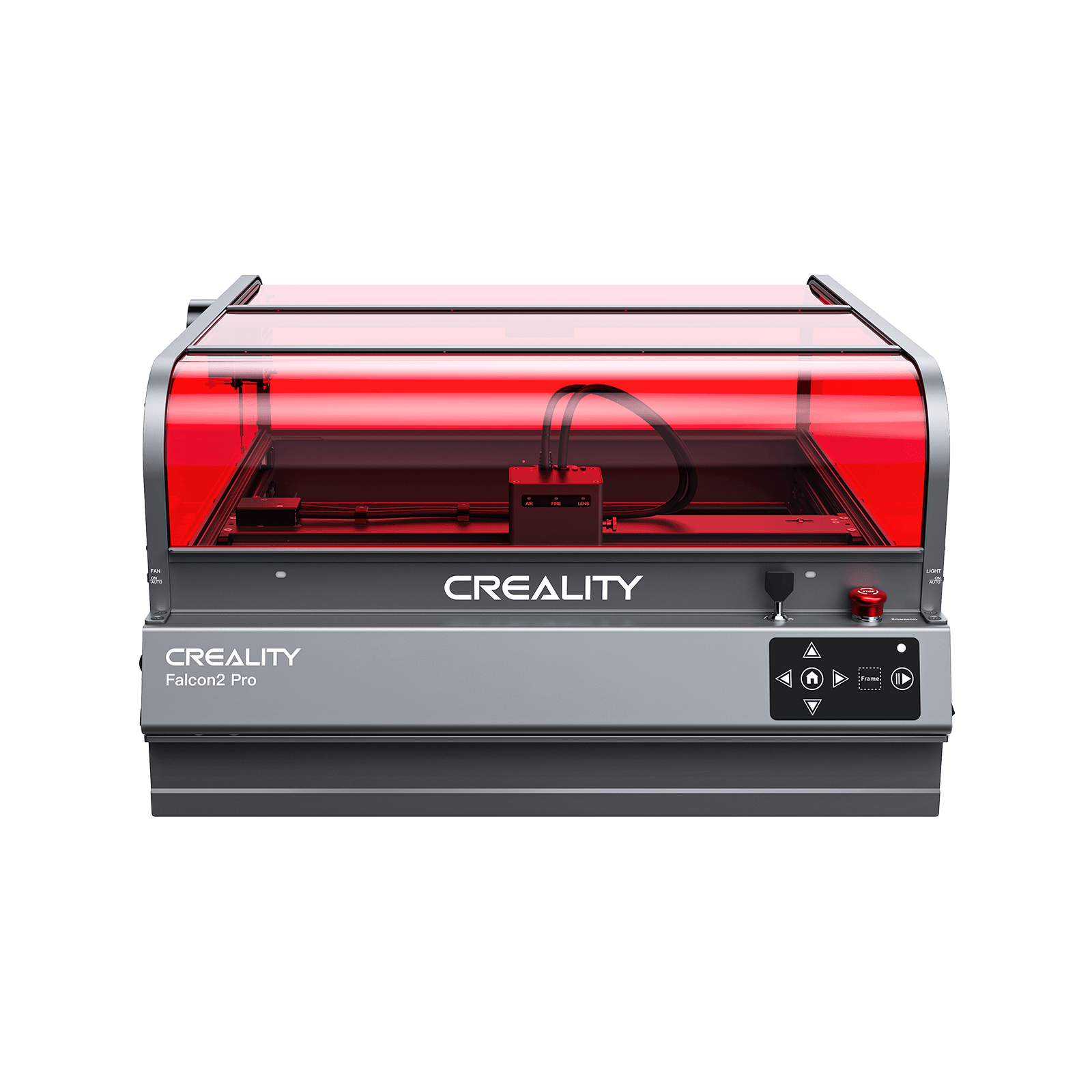






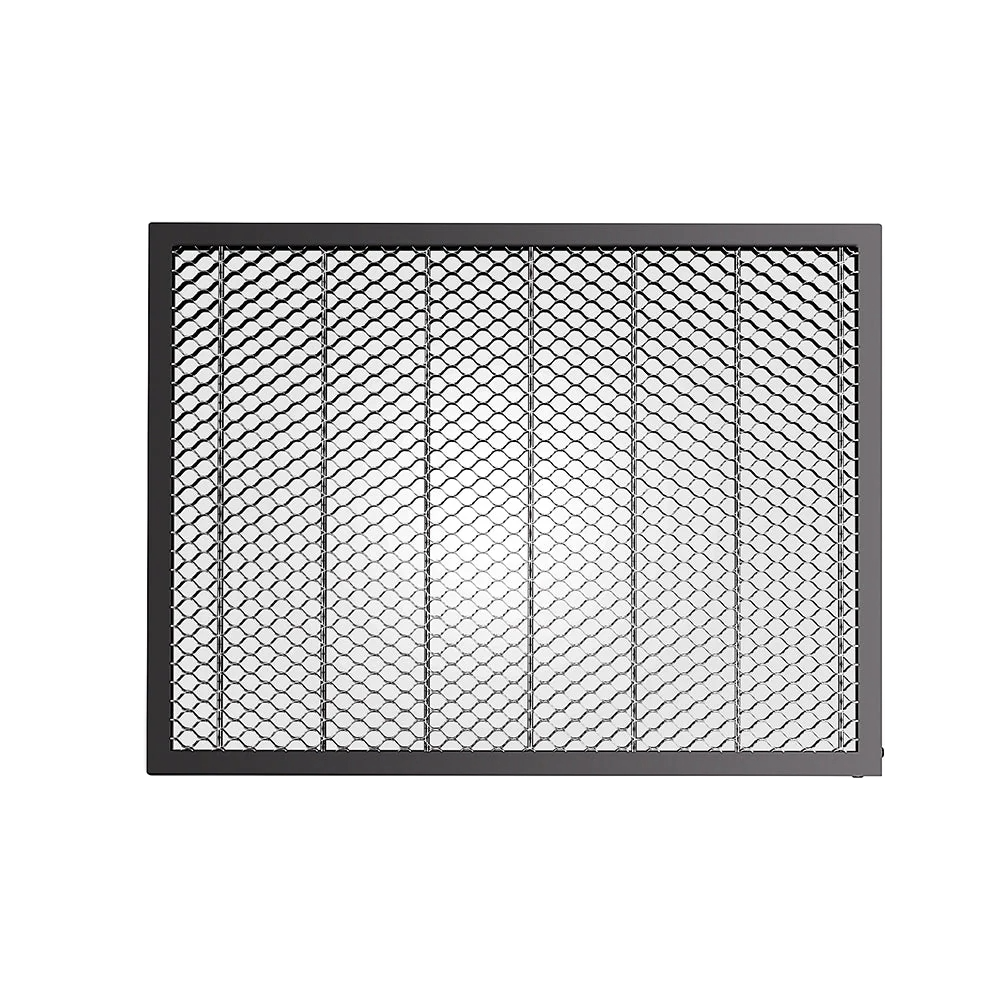







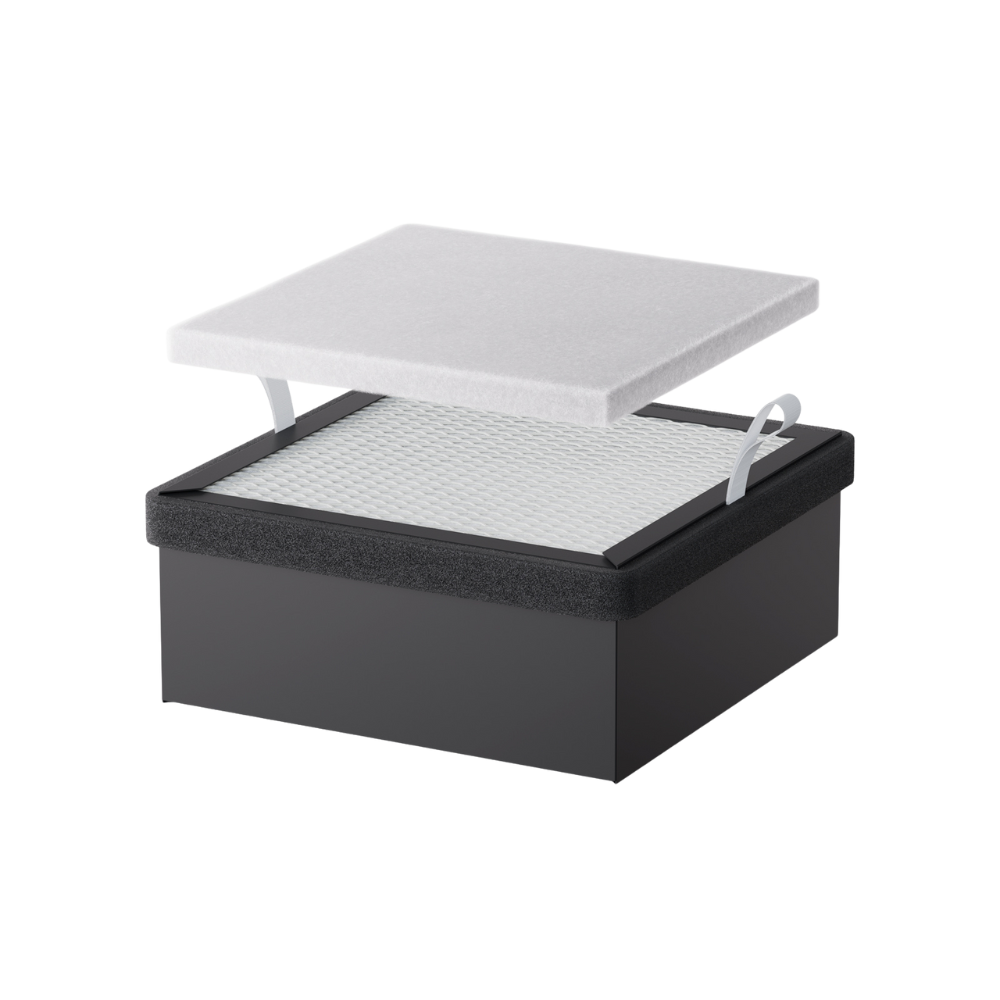







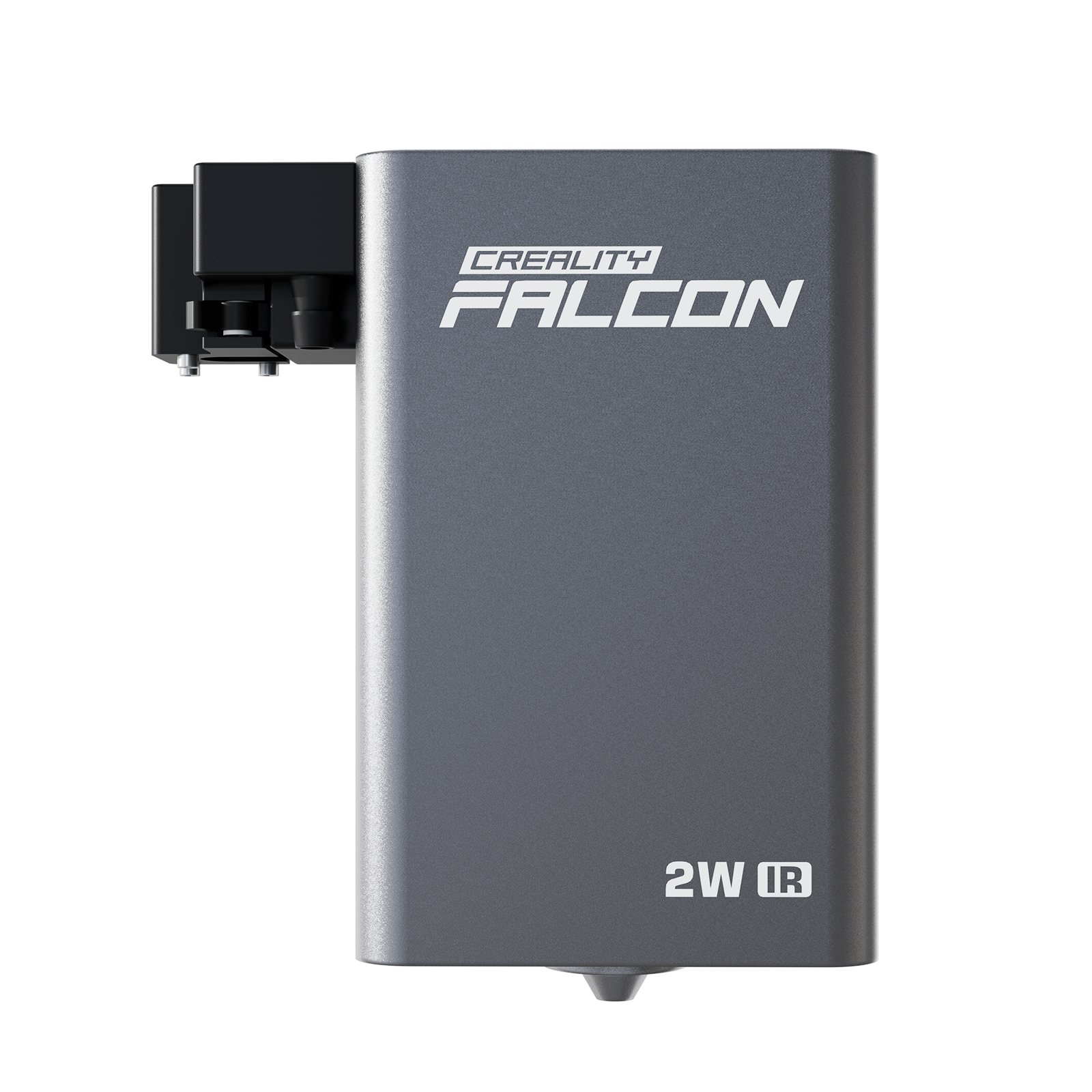







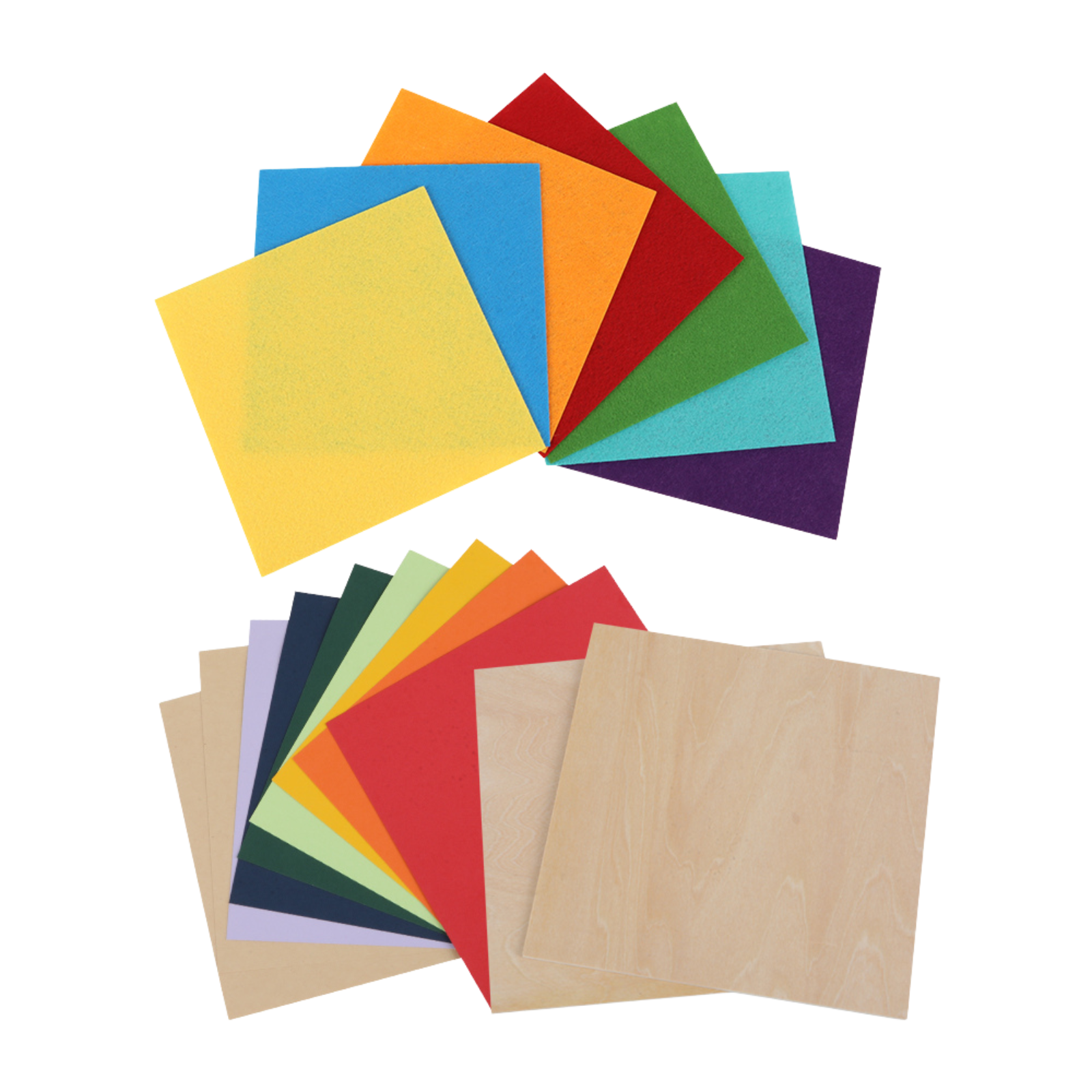
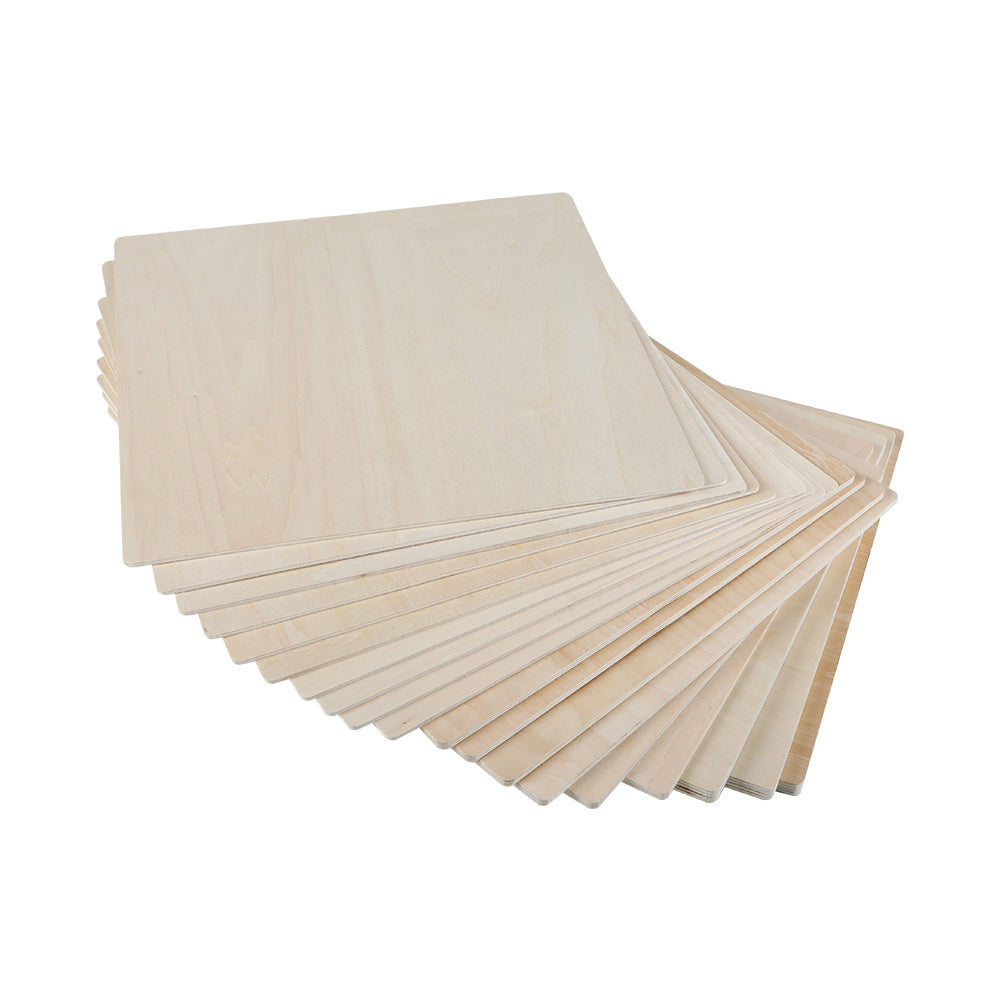




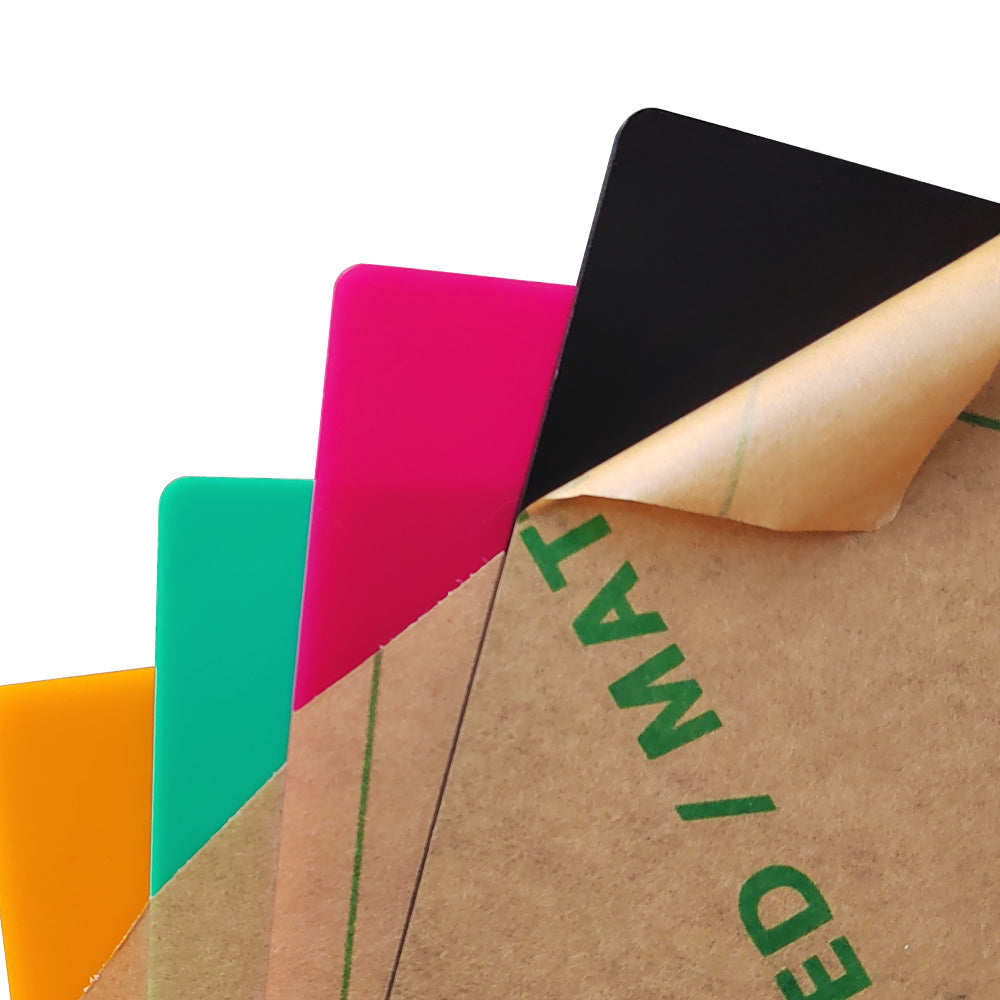



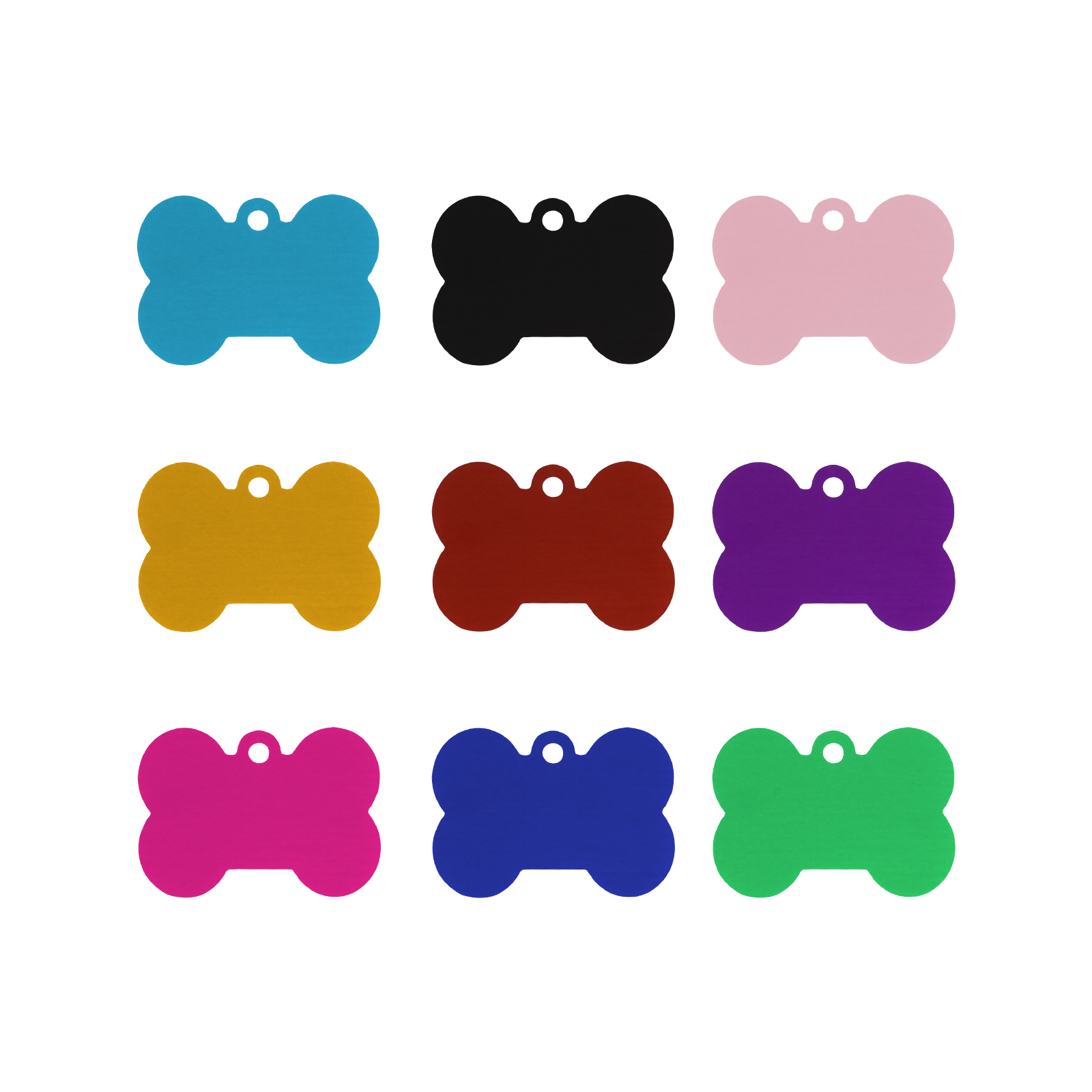
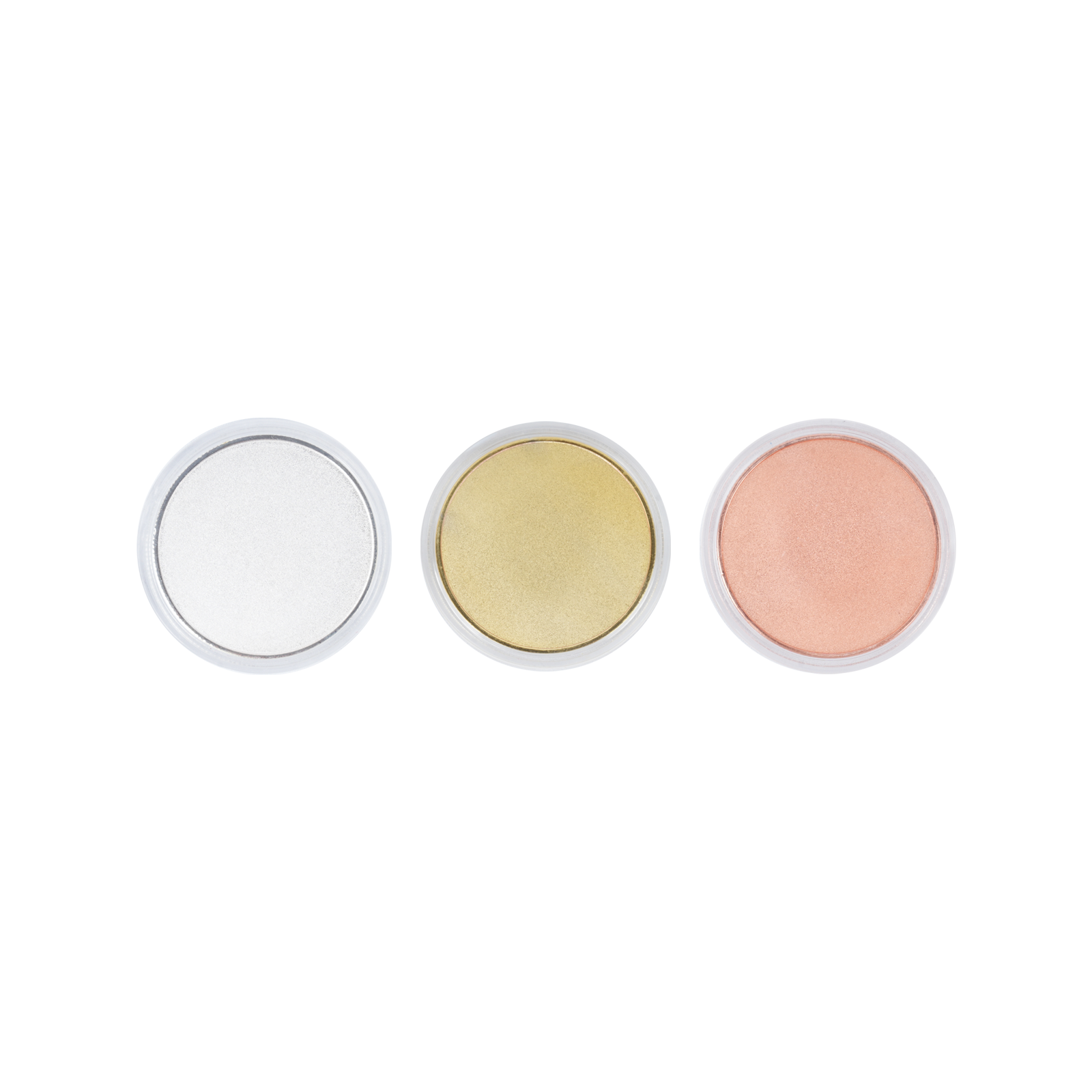
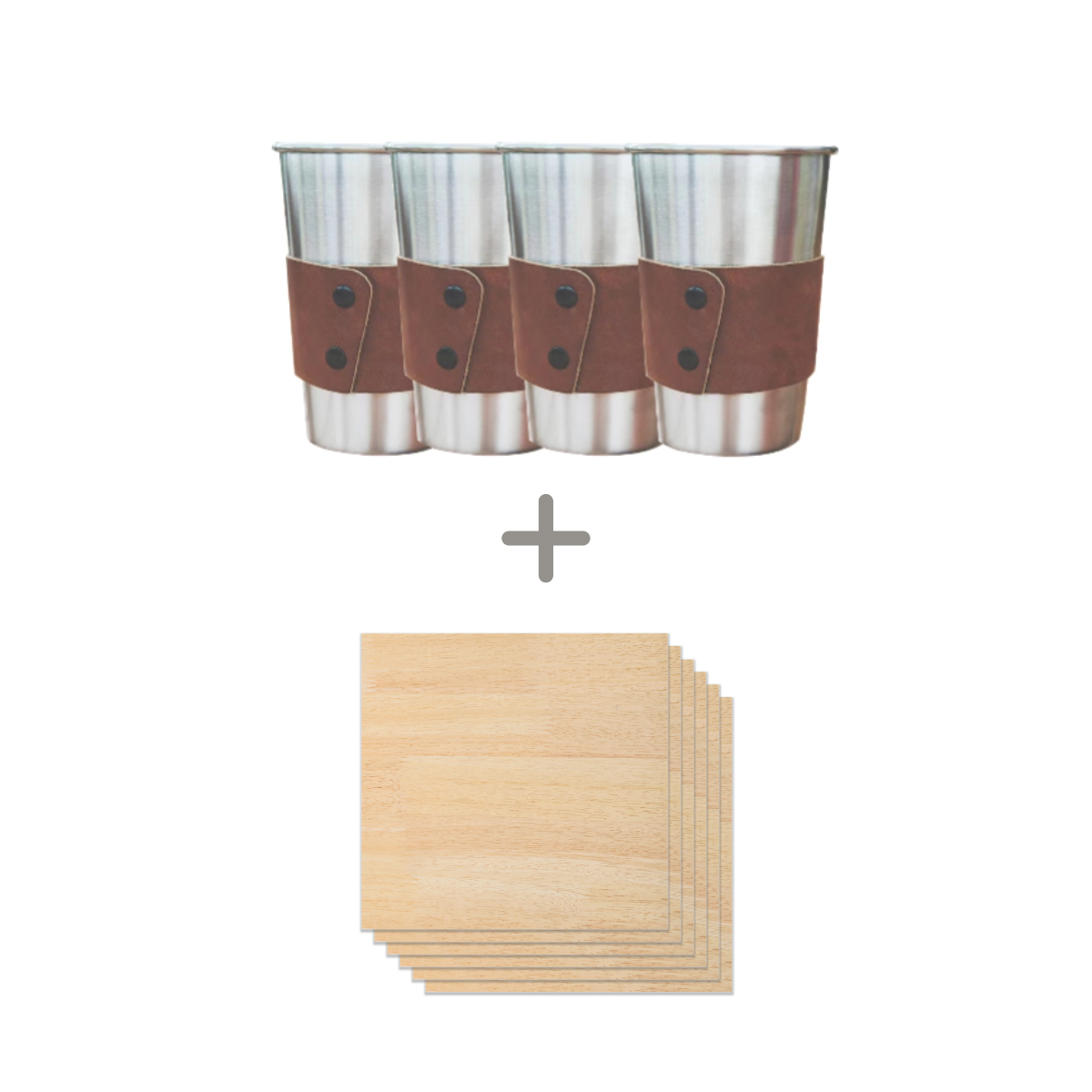
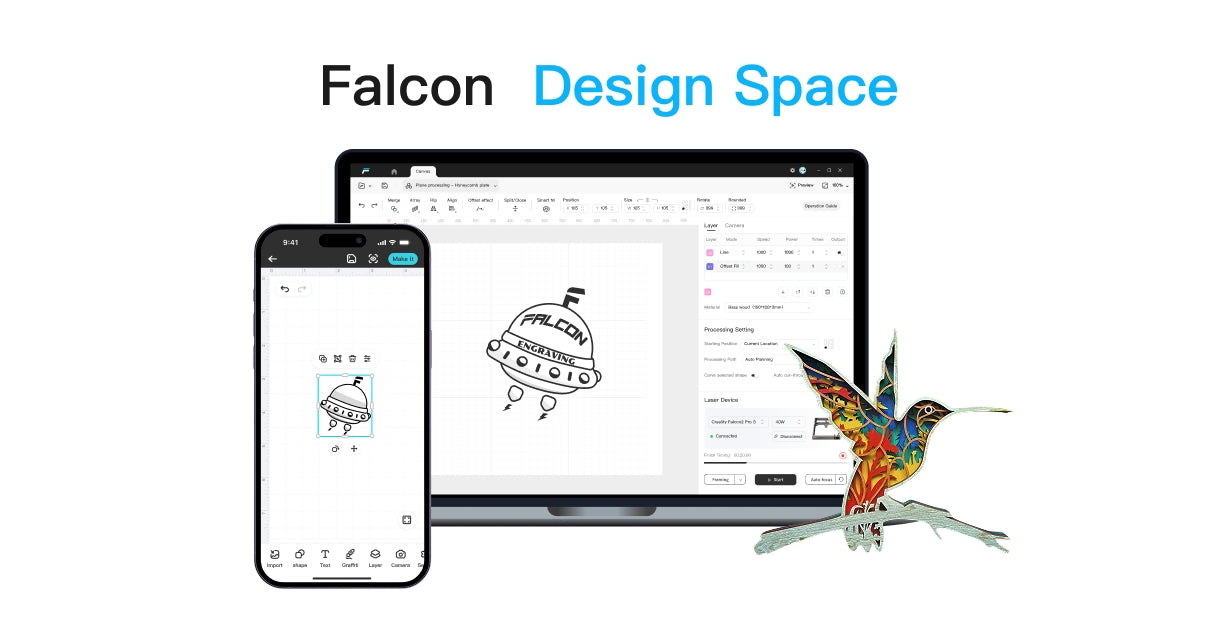
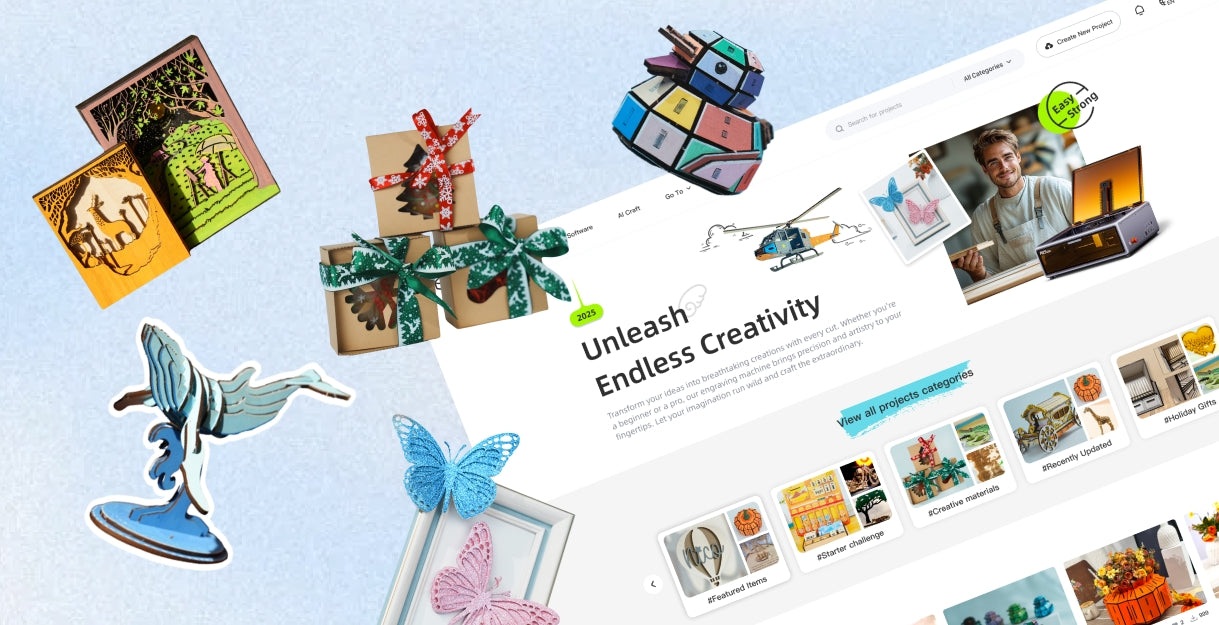
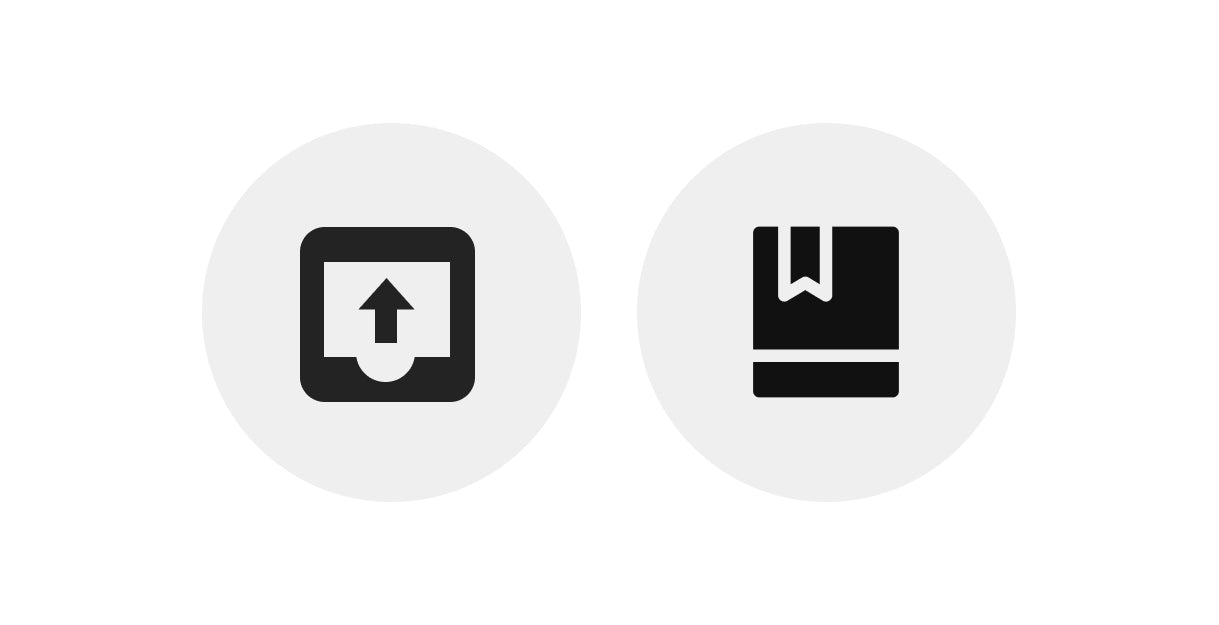


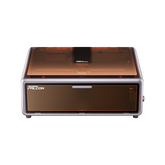
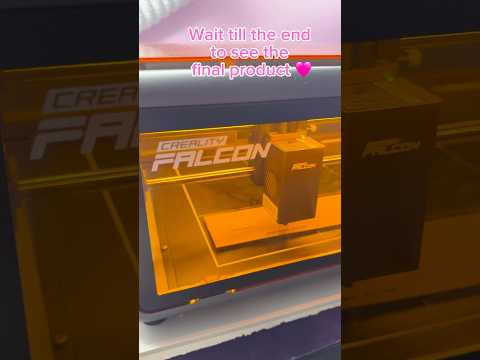
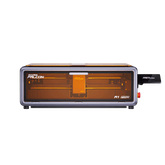
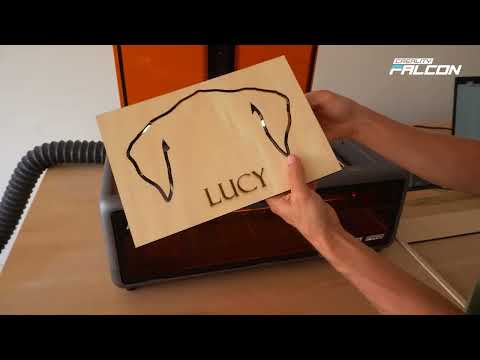
Leave a comment
Please note, comments need to be approved before they are published.